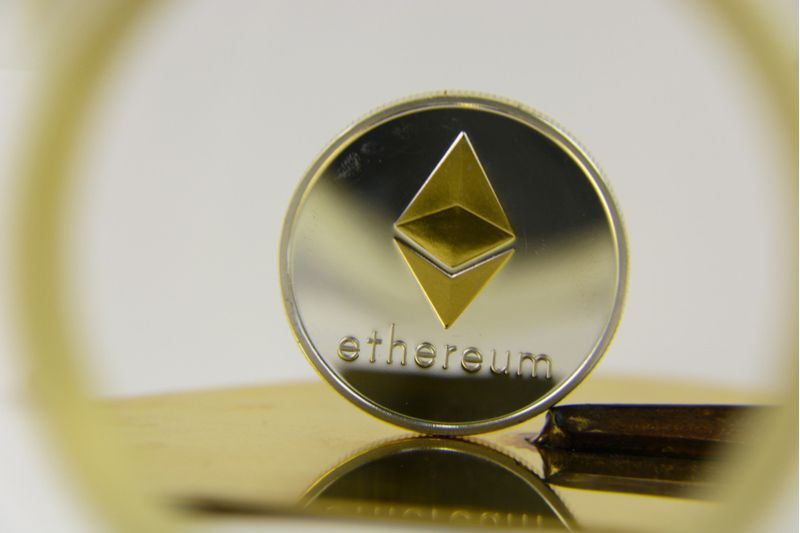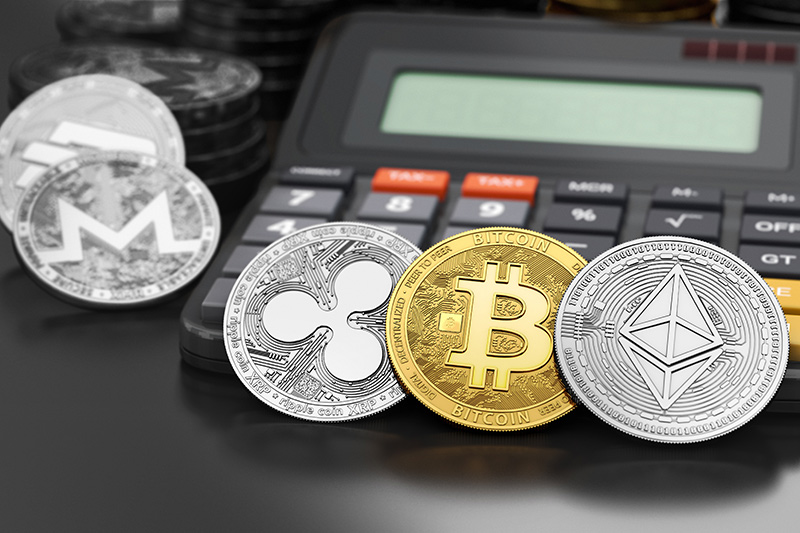Investing.com – With the Federal Reserve preparing to cut interest rates, DeFi yields are looking attractive again, according to analysts at Bernstein, who say this could be the catalyst for a reboot of crypto lending markets.
The decentralized finance (DeFi) system helps power crypto credit markets, where traders can borrow against crypto collateral. In a note dated Monday, Bernstein analysts said DeFi yields were boosted by application token incentives during the 2020-2021 crypto boom.
“For example, if the simple lending stablecoin USDC offered a 3% yield, free token incentives would boost the yield to 15-20%,” the analysts wrote. However, these high yields were unsustainable, and as interest rates rose in 2022-2023, even standard dollar stablecoin yields became less attractive compared to U.S. money market yields.
Now, with the rate cycle turning dovish and a new crypto cycle emerging, there is renewed interest in DeFi markets. “Crypto lending markets are awakening,” the analysts said.
On Aave, the world’s largest lending marketplace, stablecoin lending yields range from 3.7% to 3.9%. Bernstein estimates that if credit demand from crypto traders increases, DeFi yields could exceed 5%, outperforming money market yields.
According to Bernstein, several metrics point to a recovery in the DeFi market. The total value locked in DeFi protocols is now around $77 billion, which is double the 2022 low but still half of its 2021 high. Since January 2023, the number of monthly unique DeFi users has tripled or quadrupled, and the supply of fiat-backed stablecoins in circulation has hit a new high of $158 billion.
“All signs point to a recovery in the DeFi cryptocurrency market which should gain further momentum as rates decline,” the note adds.
Reflecting this trend, Bernstein has added the token to its basket of digital assets, replacing derivative protocols such as and .
“Total outstanding debt on Aave, the largest lending marketplace, has increased 3x since the January 2023 low, and the Aave token is up 23% over the past 30 days,” the note says, even as prices have remained stable or declined.
Bernstein also addressed Ethereum's relative underperformance compared to Bitcoin. “In contrast to strong inflows into Bitcoin ETFs so far this year, Ethereum ETFs have seen net outflows over the past seven weeks since launch,” the broker noted.
However, analysts believe that rebuilding DeFi lending markets on the Ethereum mainnet could attract large investors back to crypto lending markets, triggering a turnaround for Ethereum and helping it outperform Bitcoin.
“Unlike Bitcoin, which is a store of value driven by supply and demand, Ethereum's growth is driven by the use of its underlying network, with DeFi markets being the most important use case,” Bernstein explained. “We believe it may be time to refocus attention on DeFi and Ethereum.”










